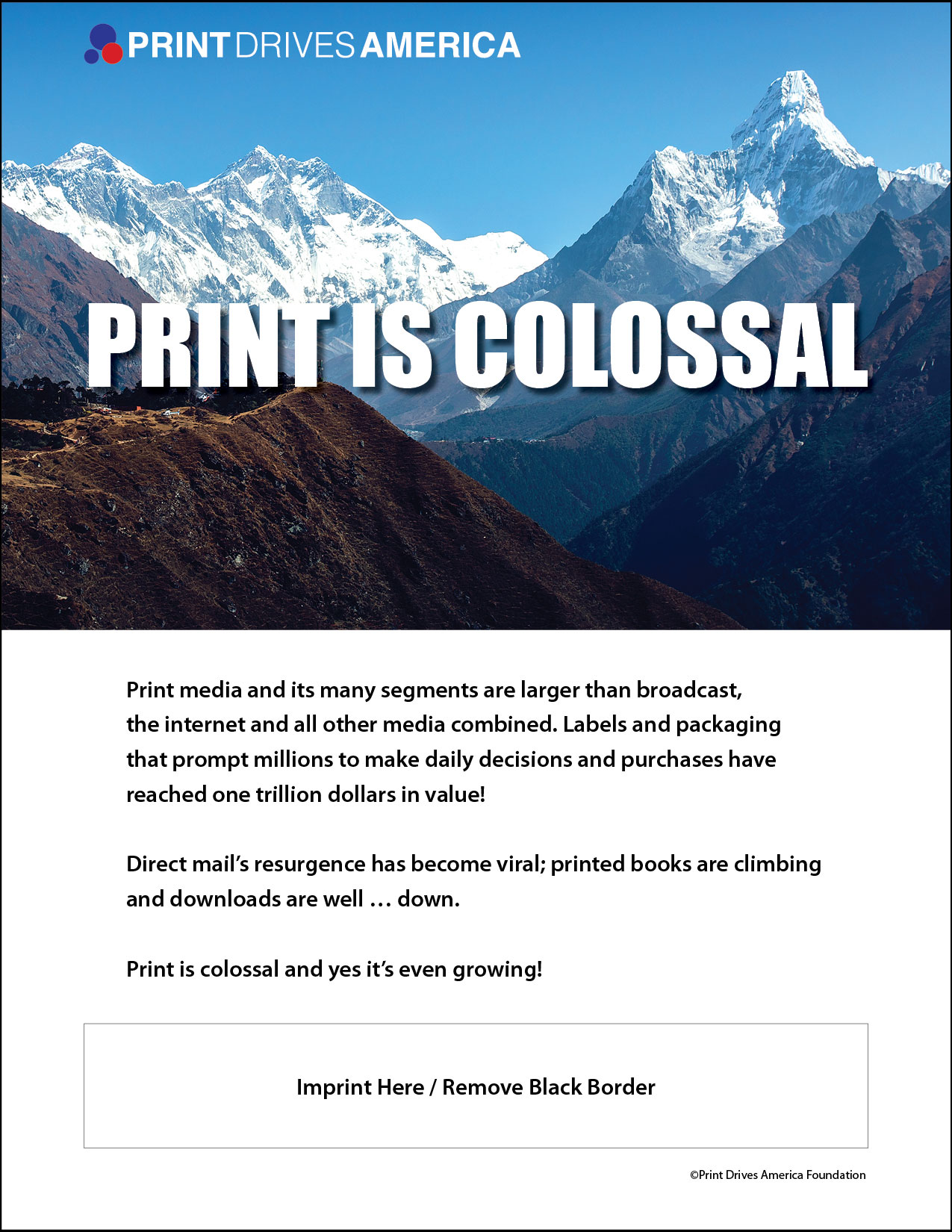New York employers may need to change their approach to workplace health and safety rules significantly under the New York Health and Essential Rights Act (HERO Act), signed by Governor Andrew Cuomo on May 5, 2021.
The HERO Act amends the New York Labor Law (NYLL) by adding two new sections:
- Section 1, NYLL Section 218-b, “Prevention of Occupational Exposure to an Airborne Infectious Disease”: Essentially codifies the type of health and safety requirements found in the New York Forward Guidance. (Since summer 2020, New York private employers who wished to operate in person must comply with extensive health and safety directives in various executive orders, state and local health department orders, and New York Forward Guidance for their specific industry issued in response to the COVID-19 pandemic.)
- Section 2, NYLL Section 27-d, “Workplace Safety Committee”: Gives employees the opportunity to create a joint employer and employee committee to address workplace health and safety issues.
Provisions in the HERO Act will be phased in over six months. Section 1 becomes effective 30 days after enactment (as of now, on June 4, 2021); Section 2 takes effect 180 days after enactment (as of now, on November 2, 2021).
In his press release, Governor Cuomo stated he and the legislature have agreed to some technical revisions to the HERO Act to ensure specific timelines are met for employers to comply with upcoming requirements. As of this writing, such technical revisions have not been published yet. Therefore, the compliance dates may change.
Coverage Issues
The sweeping new legislation applies to all New York private employers with at least one employee. The definition of employee is broad, covering both employees and non-employees. It defines employee as any person providing labor or services for an employer, including:
- Part-time workers;
- Independent contractors;
- Domestic workers;
- Home care and personal care workers;
- Day laborers;
- Farmworkers;
- Other temporary and seasonal workers;
- Individuals working for staffing agencies;
- Contractors and subcontractors;
- Individuals delivering goods; and
- Individuals transporting people at, to, or from the worksite on behalf of the employer.
Similarly, the definition of worksite under the law is broad, covering any physical space, including a vehicle, that has been designated as the location where work is performed. Presumably, this could cover remote work locations, including those at employees’ residences.
Section 1 requires the state Labor Commissioner, in conjunction with the state Department of Health, to develop model airborne “Infectious Disease Exposure Prevention Standard,” differentiated by industry, for all New York worksites. The requirement that workplace safety standards be prepared by the Labor Commissioner and Department of Health is unusual. New York does not operate under a state safety plan and follows workplace standards established by the federal Occupational Health and Safety Administration (OSHA). The Occupational Safety and Health Act (OSH Act) of 1970, in fact, preempts states from enacting state laws on occupational safety and health issues covered by OSHA’s federal standards, unless the state operates under an approved state plan. Since New York is not operating under a state plan, the new law could be legally challenged or even invalidated in some respects on preemption grounds. While OSHA has yet to establish a COVID-19 specific standard, the agency is vetting an emergency temporary standard to address COVID-19 issues.
The HERO Act’s provisions requiring employee safety committees also may be sufficiently covered under current federal health and safety standards to warrant preemption. Similarly, while not specific to COVID-19, federal OSHA has standards regarding hazard assessments, personal protective equipment, respirators, and employee reporting of occupational illnesses and injuries, which could preempt certain infectious disease control provisions in the HERO Act.
Infectious Disease Exposure Prevention Standard
The new law requires every employer in New York to establish an airborne Infectious Disease Exposure Prevention Plan (IDEPP) by adopting the model Infectious Disease Exposure Prevention Standard relevant for their industry that the Labor Commissioner and Department of Health will issue or by establishing an alternative plan that equals or exceeds the model standard. However, unlike the current COVID-19 operation obligations, if an employer chooses to develop an alternative IDEPP, it must develop the plan pursuant to an agreement with the collective bargaining representative, if any, or with the “meaningful participation of employees where there is no collective bargaining agreement.”
Standard’s Health and Safety Measures
Under the HERO Act, the Infectious Disease Exposure Prevention Standard, at a minimum, must cover the following workplace health and safety measures:
- Employee health screenings.
- Face coverings.
- Required personal protective equipment (PPE), which will be differentiated by industry. The law states that any required PPE must be provided and maintained by employers at their expense. Requirements for PPE, however, already are addressed in detail in OSHA’s PPE standard, 29 CFR 1910 Subpart I. The OSHA standard further requires that employers provide PPE to employees when needed.
- Accessible workplace hand hygiene stations and adequate break time to utilize handwashing facilities. General workplace environmental controls, including employee access to wash facilities, also are already addressed in OSHA’s sanitation standard, 29 CFR 1910 Subpart J.
- Regular cleaning and disinfecting of shared equipment and frequently touched surfaces, including workstations, telephones, handrails, and doorknobs. OSHA’s housekeeping standard, 29 CFR 1915.81, also addresses requirements for cleaning and directs employers to establish and maintain good housekeeping and cleaning practices “to eliminate hazards to employees to the extent practicable.”
- Effective social distancing requirements for employees and consumers or customers, “as the risk of illness may warrant.”
- Compliance with mandatory or precautionary orders of isolation or quarantine.
- Compliance with applicable engineering controls, such as proper air flow, exhaust ventilation, or other special design requirements.
- Designation of at least one supervisory employee to enforce compliance with the employer’s IDEPP, as well as any other federal, state, or local guidance related to the avoidance of airborne infectious disease spread.
- Rules related to compliance with employee or state and local agency notification requirements regarding potential exposure to airborne infectious disease in the workplace.
- Verbal review with employees of the infectious disease standard, employer policies, and employee rights under this law.
Notice and Posting Requirements
Employers are required to provide employees written notice of the IDEPP upon the effective date of the HERO Act, upon hiring, and after a period of closure due to an airborne disease. In addition, the IDEPP must be posted in a visible and prominent location within the worksite. It also must be included in the employee handbook, if one exists.
Workplace Safety Committees
Section 2 of the HERO Act requires employers to give employees the opportunity to establish joint labor-management workplace safety committees. The HERO Act contains specific requirements in terms of committee compositions. At least two-thirds of committee members must be non-supervisory employees and the committee must be co-chaired by one employer representative and one employee representative. If there is a collective bargaining agreement in place, the collective bargaining representative is responsible for selecting employees to serve on the committee. The new law provides no guidance on the composition of the committee in a hybrid union-non-union workforce.
Workplace Safety Committees’ Duties
The HERO Act provides the duties members of the committee will be authorized to perform. Such duties include:
- Raising health and safety concerns or violations that the employer must answer.
- Reviewing any policy put in place in response to the HERO Act or any other workplace policy created in response to a health or safety law.
- Participating in site visits by any governmental entity responsible for enforcing safety and health standards.
- Reviewing any report filed by the employer relating to the health and safety of the workplace.
- Regularly scheduling a meeting during work hours at least once a quarter. The scope of such a meeting is not clearly defined in the law.
These committee duties are similar to the joint health and safety committees recommended in OSHA’s guidance as part of a comprehensive health and safety program. Employers that have joint committees or safety committees may be able to meet the HERO Act’s new compliance obligations by incorporating IDEPP considerations into the current committee’s tasks.
Employee Protections
An employer may not discriminate, threaten, retaliate, or take an adverse action against an employee in connection with the new law (e.g., exercising rights under the law, reporting violations or exposure, refusing to work where the employee has a good faith belief they will be exposed to an unreasonable risk of exposure to an airborne disease due to non-compliance with this law). The prohibition against retaliation also applies to employees who exercise rights under or participate in the workplace safety committee.
This is consistent with employee protections provided by Section 11(c) of the OSH Act, which OSHA has indicated protects employees who raise COVID-19 concerns against retaliation or discrimination.
Penalties and Enforcement
To date, most of New York’s COVID-19-related laws and guidance have not contained specific penalties or rules regarding enforcement. The HERO Act provides civil penalties and a private right of action for failure to comply with the codified rules.
An employer can be liable for not less than $50 a day for failure to adopt an IDEPP and not less than $1,000 or more than $10,000 for failure to abide by an adopted IDEPP. However, if an employer has violated the law within the preceding six years, the civil penalties can be increased to not less than $200 a ay for failure to adopt an IDEPP or $1,000-$20,000 for failure to abide by an adopted IDEPP. The Labor Commissioner or Attorney General also may seek to enjoin the conduct of any person or employer. While the deadline to comply with the HERO Act’s requirements and avoid these penalties is looming, the promised technical revisions that might extend the compliance deadlines have not been published.
In addition, the HERO Act permits employees to bring a civil action against an employer seeking injunctive relief, costs and reasonable attorneys’ fees, and liquidated damages of no greater than $20,000. However, if the employer can demonstrate a good-faith basis to believe that it was in compliance with the applicable standard, liquidated damages may not attach.
Next Steps
For now, employers must be ready when the HERO Act takes effect on June 4. Employers will need to provide all employees with a copy of their IDEPP and post it in their workplace.
Employers should evaluate whether their current measures align with state directives and guidance and adopt or create an IDEPP that follows the current guidance and industry specific model programs. As the Labor Commissioner and the Department of Health are expected to issue IDEPP requirements that comply with current guidance and directives, employers may meet the new requirements more easily if they already comply with current guidance and directives. Employers also should take steps to create a workplace safety committee or incorporate IDEPP duties into existing committee responsibilities.
Contact Tim Freeman, President of Print & Graphic Communications Association, with any questions at (716) 691-3211 or tim@printcommunications.org




